|
At this time of year there is a lot of birdlife to be seen, just offshore from Portobello Beach, even when the beach is busy with people. But what is there to see? Closest to hand, and frequently taking a chance to steal some unattended food are the gulls - the relatively dainty Black Headed Gulls and the larger Herring Gulls and Lesser Black Backed Gulls are the commonest but I'll save them for another article as they are to be seen all year round at the beach. Instead I'll concentrate on the summer visitors to the beach, terns and gannets, who can all be seen diving into the water looking for food. Terns are often heard before you see them - their shrill calls seem to cut through the general noise of the beach more effectively than the cries of gulls, but maybe it's just that gulls are more familiar. They are usually seen flying past the beach - unlike the gulls they rarely fly up over the sand, although they do sometimes rest on the wooden groynes or the circular marker posts. In flight terns are more graceful than gulls, with more angular wings and long tails. The are also known as Sea Swallows which is a good description. Most of the terns at Portobello are Common Terns which have red bills with a dark tip and long tail streamers. There is a very similar Arctic Tern which has a plain red beak and longer tail feathers but the two species are very similar and there are some more detailed guides on telling the difference. Easier to identify are Sandwich Terns, which are a little bigger than the other two, have shorter forked tails and dark bills with a yellow tip. If you are lucky a tern will dive into the water and catch a fish quite close to the shore - great to watch bit tricky to photograph! Gannets tend to fly by a bit further out than the terns, but because they are much bigger birds you can still see them from the beach, even without binoculars. They are noticeably white in appearance compared to gulls, especially when the sun is shining. If they do come in close they are quite striking birds with their black wing tips and yellow heads but they are most spectacular when they dive in for fish, seeming to pause in midair and then plunging into the sea from a considerable height. As they approach the water they pull in their wings until they are like a black and white rocket as they enter the water. Having a camera to freeze the action shows the last minute adjustments they can make just before they hit the sea. Gannets breed on the Bass Rock - in fact it's where they got their latin name Morus bassanus. The colony there is the largest in the world with 75,000 pairs in 2014. There is a bit of a tale about the scientific name. When I was growing up, Gannets were referred to as Sula bassanus in all the bird books, part of the same genus as the Boobies who live in the Tropics. Sula came from the Old Norse name for Gannet and yet for some reason the species Sula sula was the Red Footed Booby and not the Northern Gannet. When DNA studies recently separated out the Gannets and the Boobies for some reason it was the Gannets that got a different name in 2016 - Morus (from the latin for 'stupid'). Somehow Gannets have become Boobies and Boobies have become Gannets. And the Snark was a Boojum all along.
0 Comments
Your comment will be posted after it is approved.
Leave a Reply. |
AuthorI'm Jon Davey, a freelance community photographer based in Portobello, Edinburgh's seaside suburb Categories
All
|

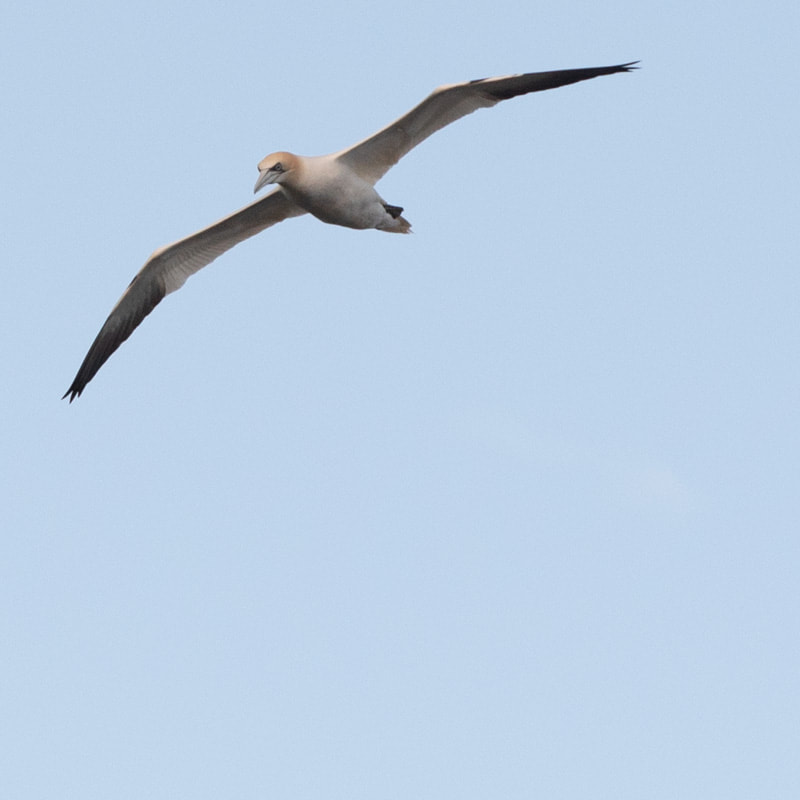
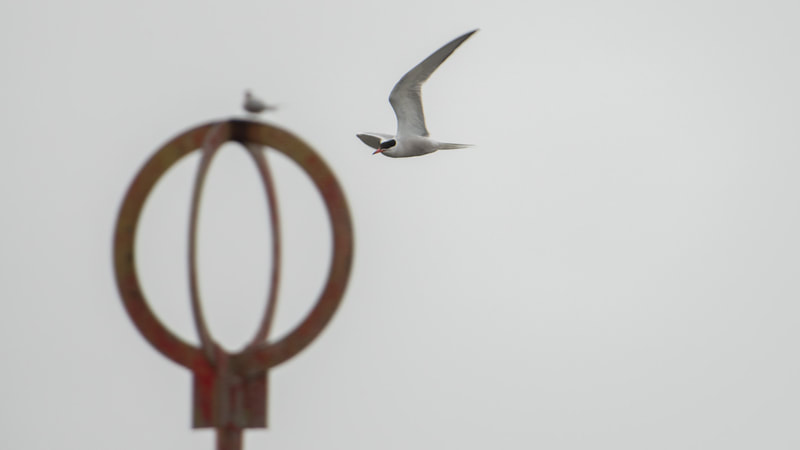
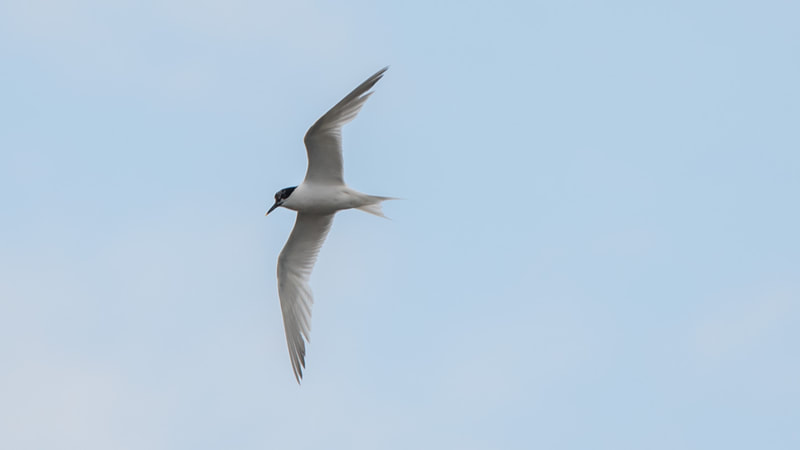
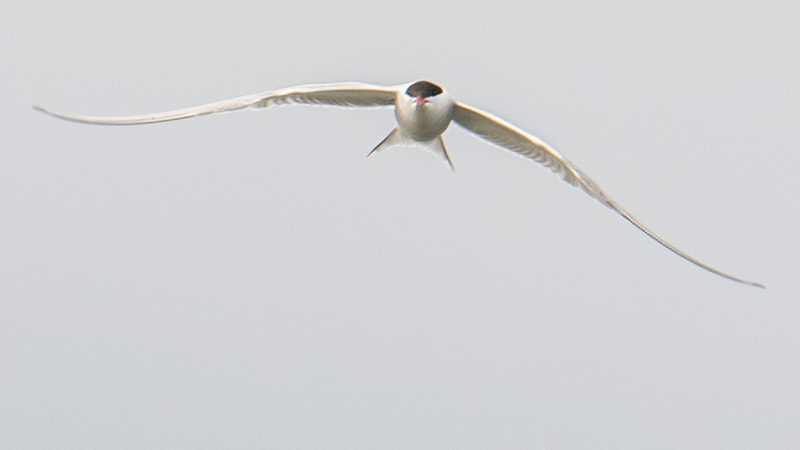
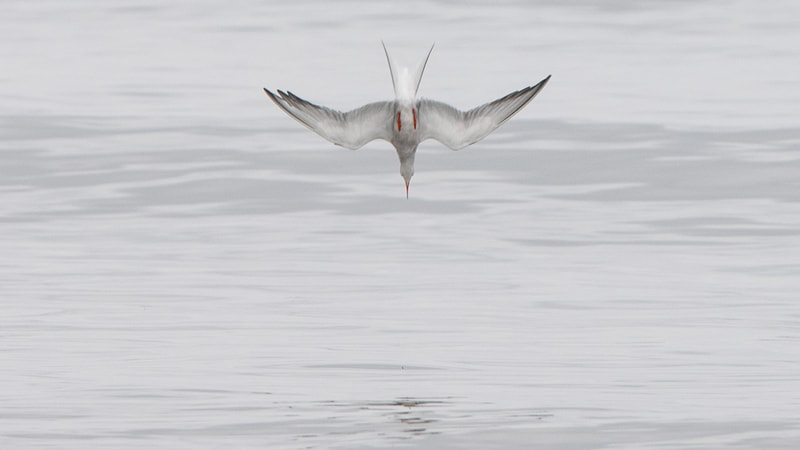
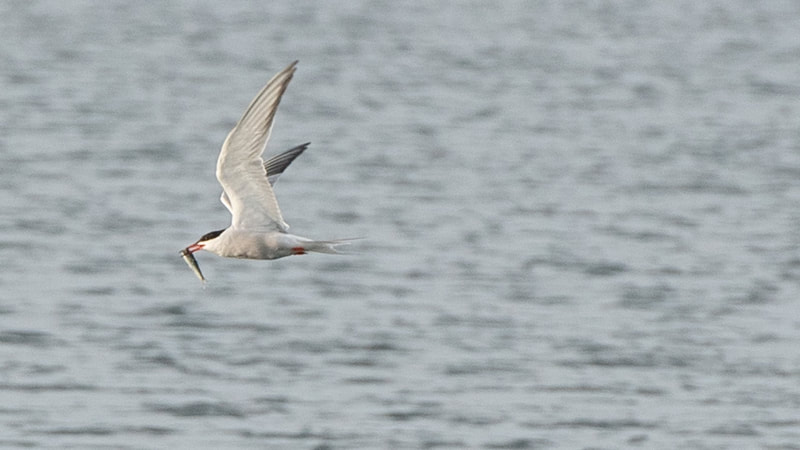
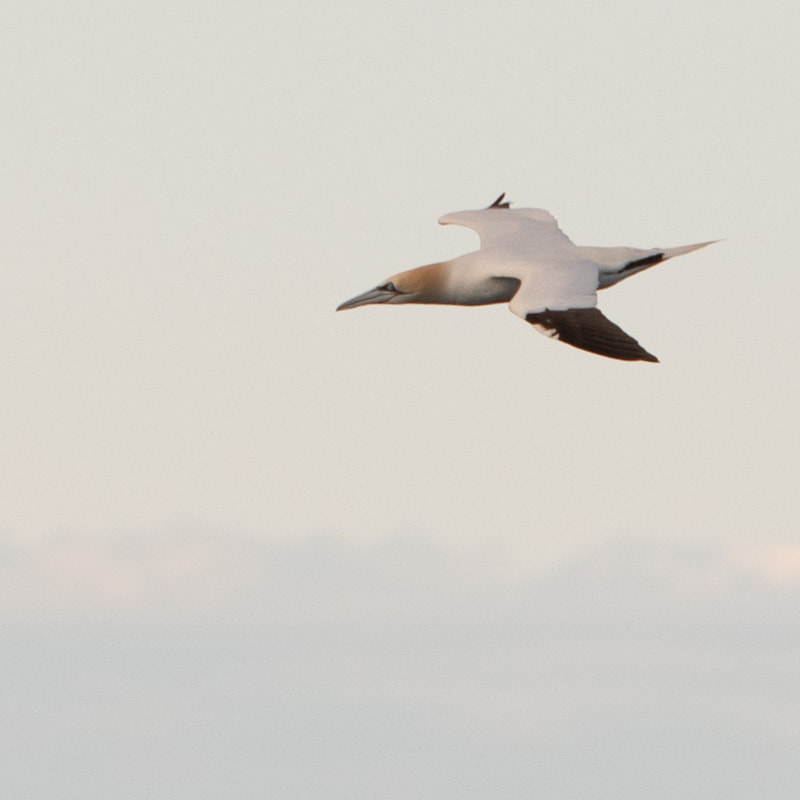
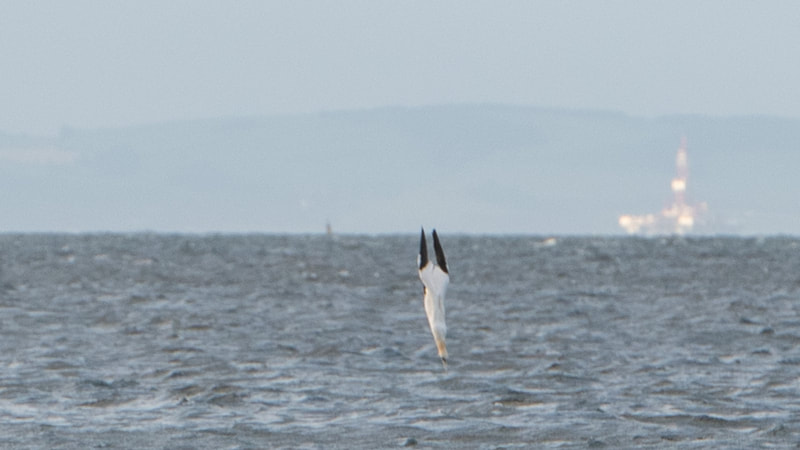
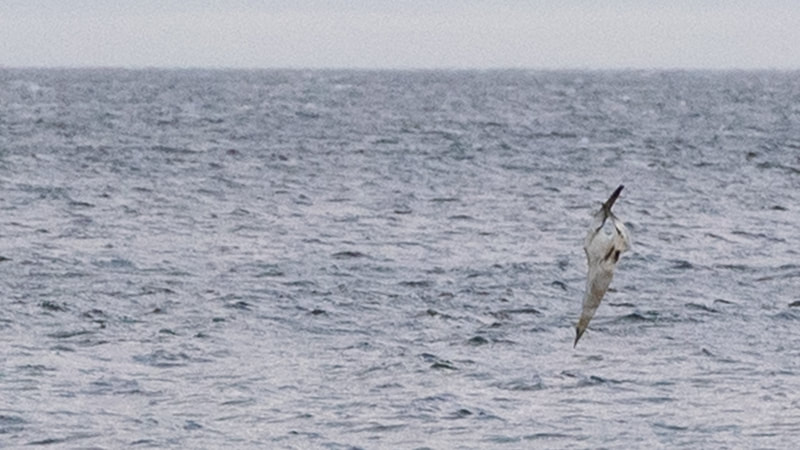
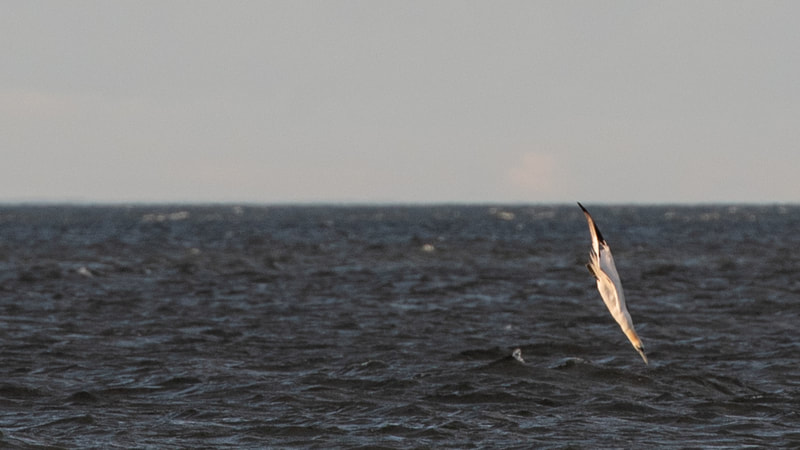
 RSS Feed
RSS Feed